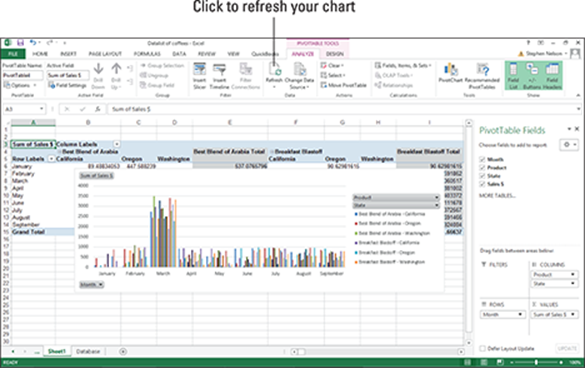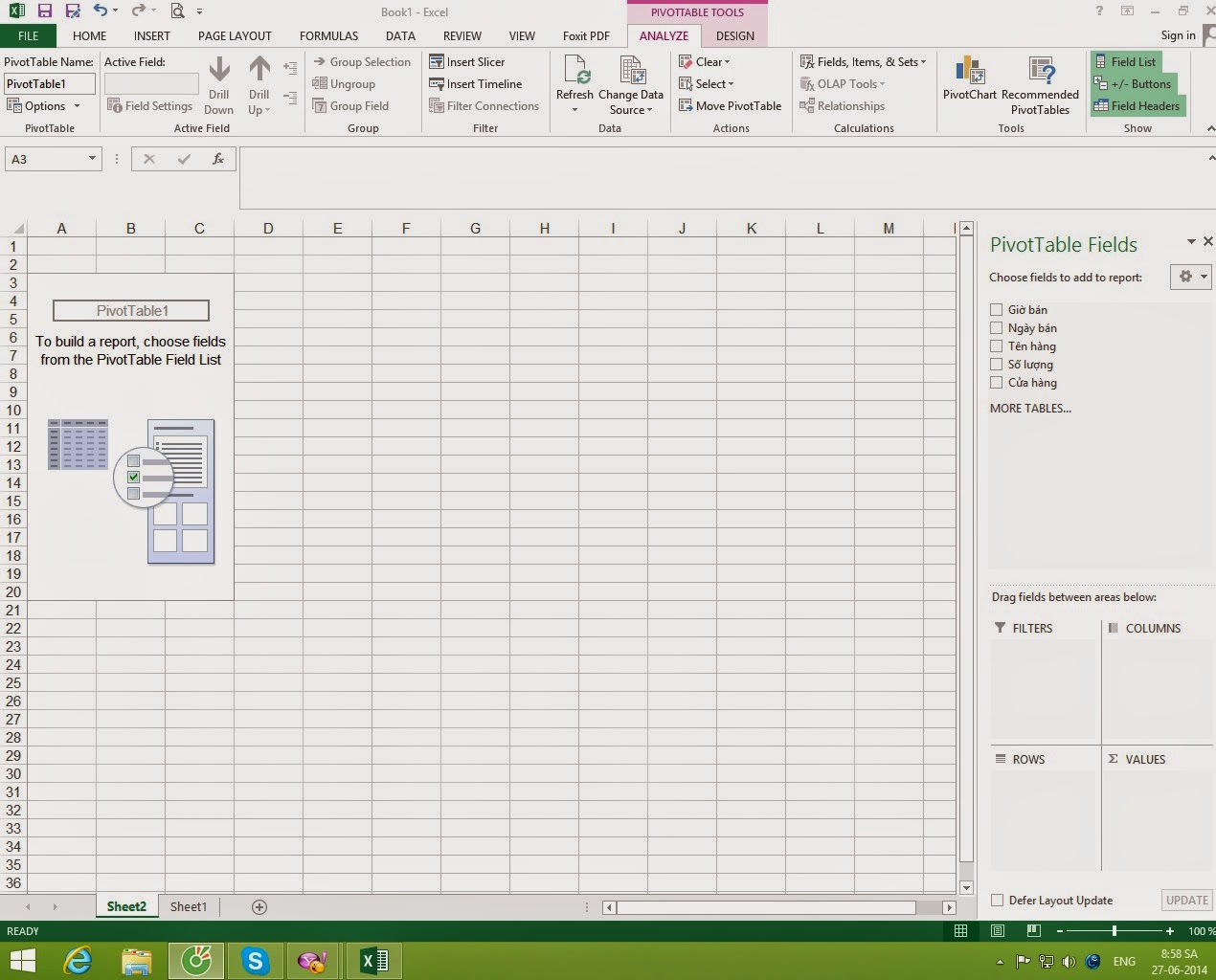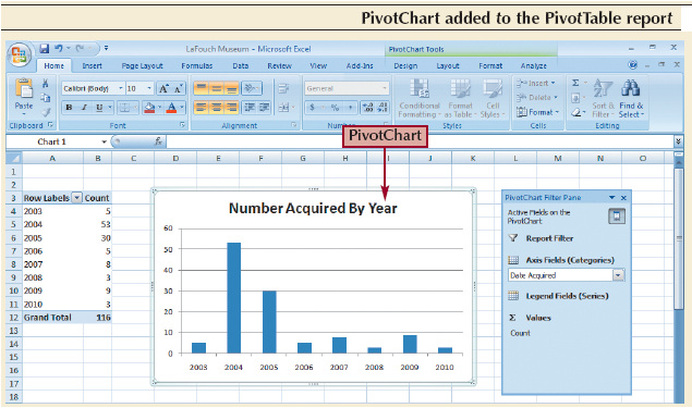



What was the bestselling product (or the fifth)? Which operating theatre had the highest failure rate? What was the average air temperature month by month in a specific location? These are all very useful sets of data, but the real value, the interesting stuff, is buried deep inside the data. This could be last month's sales data from your on-line shop, Medical procedures carried out in a particular NHS Trust area, or raw meteorological data recording temperature and sea level readings. Well let's imagine that you have a large set of data. Since then, most of the other contenders have fallen by the wayside and although LibreOffice and Google Sheets support Pivot Tables, the undisputed King of Pivot Tables is Excel. Microsoft joined the party in 1994, when Excel 5 included Pivot Table functionality for the first time. Lotus was first to the market with a Pivot Table enabled spreadsheet, Improv, in 1991. Pivot Tables have been around for a long time (well in Personal Computer years anyway). I prefer to think of a Pivot Table as: A really cool way to get to the stuff that's actually important to you.Ī bit of History. Or, as Microsoft say in their own words: "A PivotTable is a powerful tool to calculate, summarize, and analyze data that lets you see comparisons, patterns, and trends in your data." A Pivot Table is a statistical tool to extract and summarise data from large data sets. You can always ask an expert in the Excel Tech Community or get support in the Answers community.OK, let's get the boring bit out of the way first. To change the style of the timeline, click it to display the Timeline Tools, and then pick the style you want on the Options tab. To change the size of the timeline, click it, and then drag the sizing handles to the size you want.

To move the timeline, simply drag it to the location you want. You can also change the timeline style, which may be useful if you have more than one timeline. When a timeline covers your PivotTable data, you can move it to a better location and change its size. Tip: If you want to combine slicers with a timeline to filter the same date field, you can do that by checking the Allow multiple filters per field box in the PivotTable Options dialog box ( PivotTable Tools > Analyze > Options > Totals & Filters tab). To clear a timeline, click the Clear Filter button. Select the Timeline, then on the ribbon, go to Options > Report Connections, and select the PivotTables you want to include. Provided your PivotTables are using the same data source, you can use a single Timeline to filter multiple PivotTables. Use the timespan handles to adjust the date range on either side. In the timespan control, click a period tile and drag to include additional tiles to select the date range you want. With your Timeline in place, you’re ready to filter by a time period in one of four time levels ( years, quarters, months, or days).Ĭlick the arrow next to the time level shown, and pick the one you want.ĭrag the Timeline scroll bar to the time period you want to analyze. In the Insert Timeline dialog box, check the date fields you want, and click OK. Much like a slicer for filtering data, you can insert a Timeline one time, and then keep it with your PivotTable to change the range of time whenever you like.Ĭlick anywhere in a PivotTable to show the PivotTable Tools ribbon group, then click Analyze > Insert Timeline. Click Analyze > Insert Timeline to add one to your worksheet. Instead of adjusting filters to show dates, you can use a PivotTable Timeline-a dynamic filter option that lets you easily filter by date/time, and zoom in on the period you want with a slider control.


 0 kommentar(er)
0 kommentar(er)
